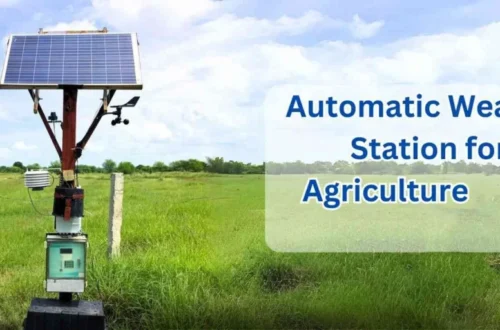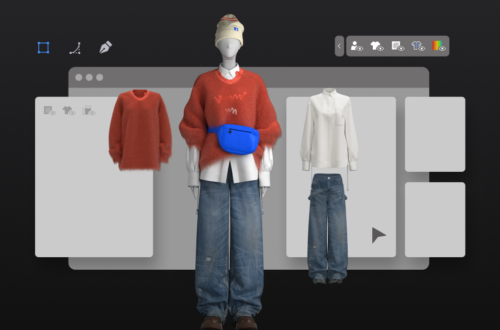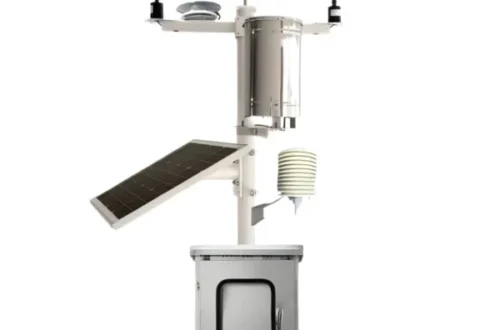The Hidden Downsides of Automatic Weather Stations: What You Need to Know
The Hidden Downsides of Automatic Weather Stations: What You Need to Know
Automatic weather stations (AWS) have revolutionized meteorological data collection, but they come with significant drawbacks that are often overlooked. Understanding these limitations is crucial for accurate weather interpretation and decision-making.
Key Limitations in Data Accuracy
While AWS provide continuous monitoring, they suffer from calibration drift and sensor degradation over time. Temperature sensors may show errors due to radiation shielding issues, while rainfall gauges often undercatch during high-wind events. These inaccuracies compound when making long-term climate assessments.
Maintenance Challenges
Regular maintenance is essential yet frequently neglected. Sensors require cleaning, calibration, and protection from environmental damage. Without proper upkeep, data reliability decreases significantly – a critical factor many users underestimate.
Financial and Technical Considerations
The initial investment extends beyond equipment purchase. Installation costs, ongoing maintenance, data management systems, and specialized personnel create substantial hidden expenses. Many organizations face challenges in securing long-term funding for sustainable operation.
Among the most significant disadvantages of automatic weather station systems is their vulnerability to extreme weather conditions. Icing, lightning strikes, and extreme temperatures can cause extended downtime precisely when data is most critical.
Data Interpretation Complexities
Raw AWS data requires sophisticated processing and quality control. Missing values, spikes, and outliers must be identified and handled appropriately. This necessitates meteorological expertise that many end-users lack, potentially leading to misinterpretation.
Frequently Asked Questions
How often do AWS require calibration?
Professional stations need quarterly verification, with full calibration annually. Consumer-grade models may require more frequent checks.
Can AWS replace traditional weather observations?
While valuable supplements, they cannot fully replace human observations for certain phenomena like cloud types or visibility estimation.
Ready to make informed decisions about weather monitoring?
Contact our experts for a comprehensive assessment of your meteorological needs and discover solutions that address these limitations effectively.


